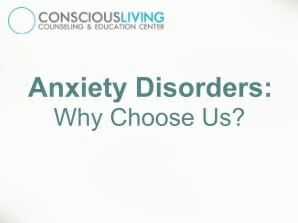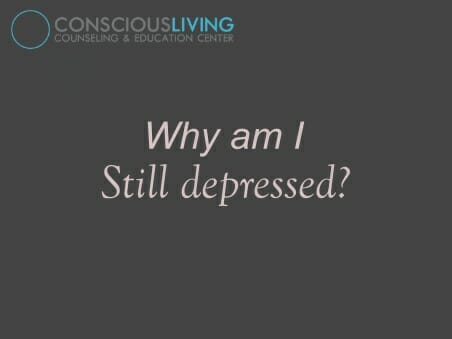
We Offer Exposure-Based CBT for Treatment of Anxiety Disorders
May 2, 2017
Chronic Depression Isn’t Common
December 11, 2017What’s EMDR?

Eye Movement Desensitization Reprocessing (EMDR) pairs eye movements with cognitive processing of the traumatic memories or anxiety-inducing experiences. EMDR usually begins with affect/sensory management techniques, such as relaxation. Once an individual progresses to the processing stage of treatment, the individual is asked to be present with the traumatic memory and identify images, beliefs, and physiological symptoms elicited by the memory or memories.
The individual is guided to focus on specific aspects a of traumatic memory while moving his or her eyes back and forth by tracking the therapists’ finger or during bilateral stimulation using a device. Researchers believe that PTSD symptoms are a result of insufficient processing and integration of sensory, cognitive, and body-memory of the traumatic experience. Bilateral eye movements and bilateral stimulation are proposed to facilitate information processing and integration, allowing individuals to fully process traumatic memories.
EMDR for PTSD or anxiety is a form of exposure treatment. The effective mechanism for processing and integration is exposure in a helpful way. In addition, movements to heal the amygdala-dependent emotional circuit which can become primed for stress responsiveness. Your provider will teach you techniques that you can practice post-therapy, if needed, to support healing and progress.
Alternative options? Individuals should also consider discussing Prolonged Exposure Therapy with his or her provider to determine the best treatment approach. Prolonged Exposure Therapy includes repeated exposure to trauma-related thoughts, feelings, and situations can help reduce the power they have to cause distress for the individual. Prolonged Exposure Therapy consists of imaginal exposures, which involve recounting the traumatic memory and processing the revisiting experience, as well as exposures in which the individual repeatedly confronts trauma-related stimuli that were safe but previously avoided.
Both treatments offer recovery. It’s important to find the best counselor or therapist for this work, as it’s deeply personal and supports a meaningful relationship with a provider.


